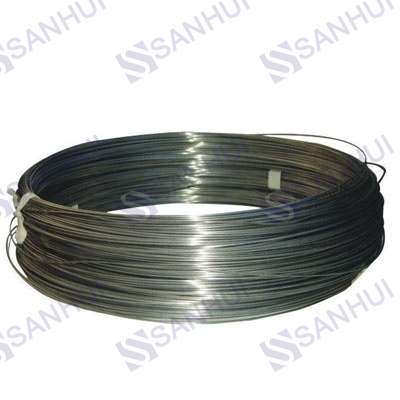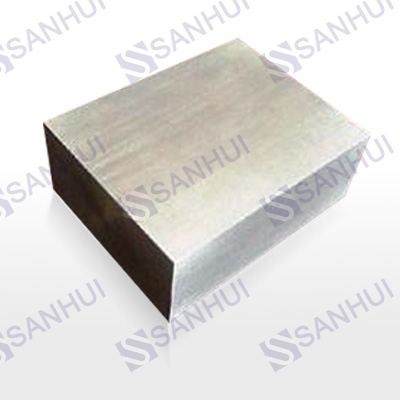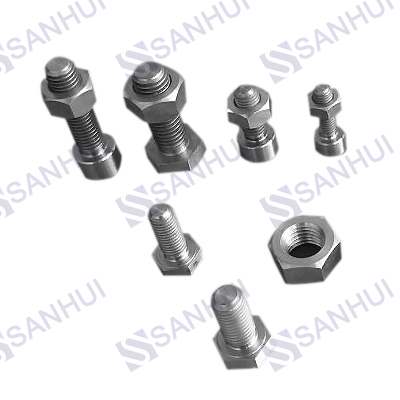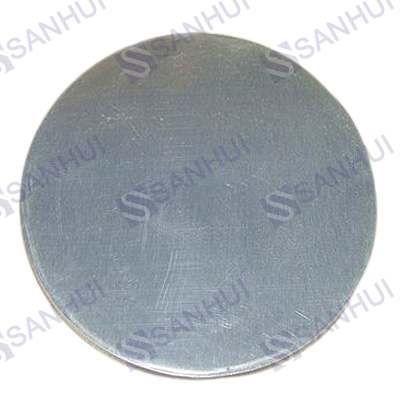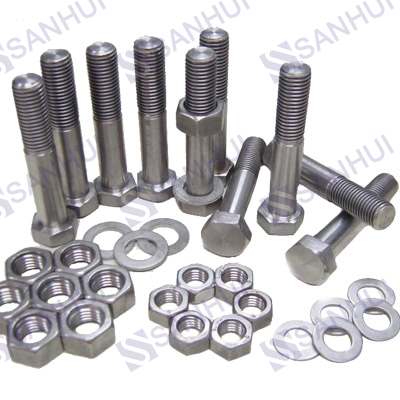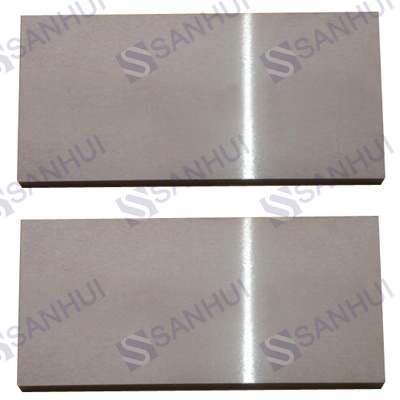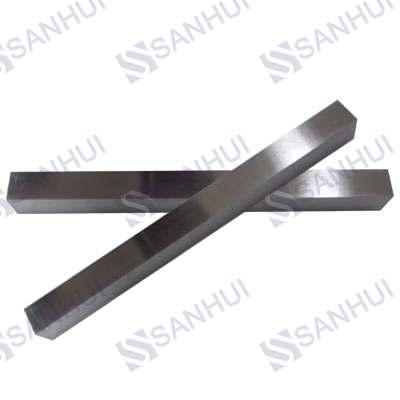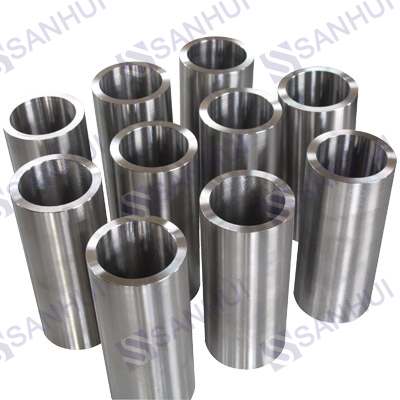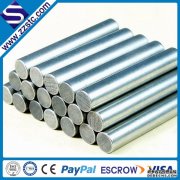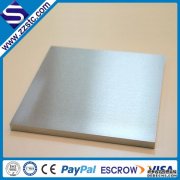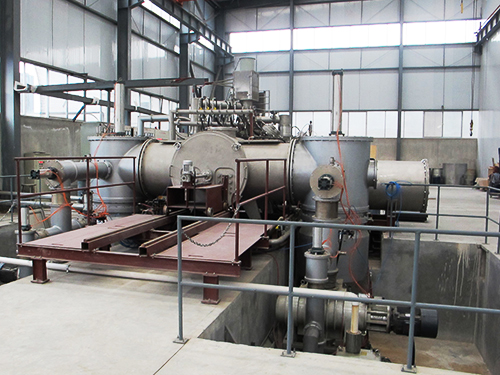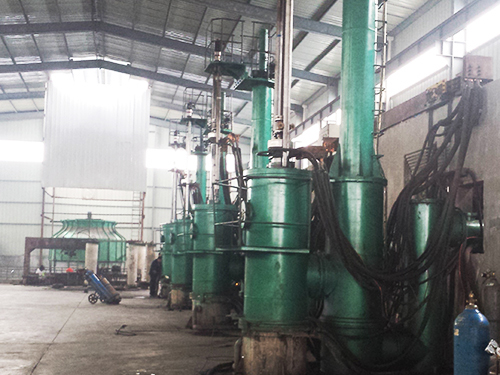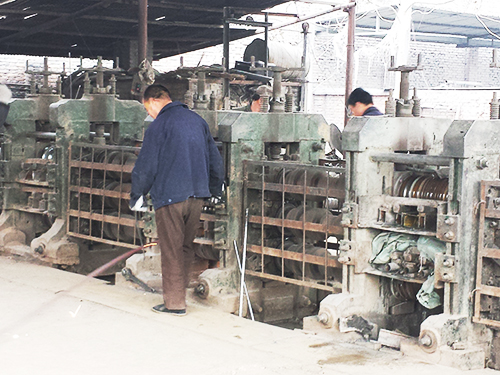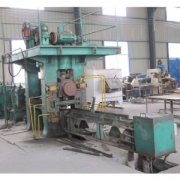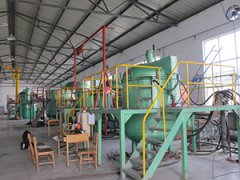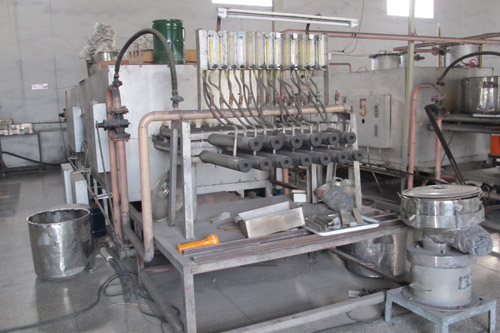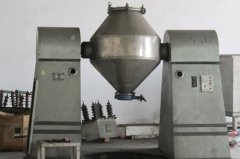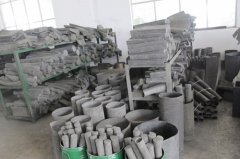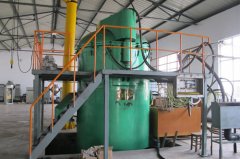Hammers are usually preferred for forging molybdenum, primarily because the time of contact between the die block and the metal is short. The rate of heat loss from the workpiece to the dies is limited, extending the period of time that is available for the operation. The most efficient forging practice for molybdenum and TZM requires high-capacity hammers so that the complete operation can be accomplished with the fewest possible reheatings. The best hammers for forging molybdenum would be considered oversize for the same operation on steels. High-energy-rate machines and rotary forging machines have been used successfully for many forging operations.
A measure of forgeability is the minimum section size that can be produced by hot working. The thinnest sections of molybdenum have been produced by rapid hammer forging and high-energy-rate machines.
Tungsten and molybdenum manufacturer-Zhengzhou Sanhui Co., Ltd provides all kinds of refractory metal products. Customized metal products are also provided.



